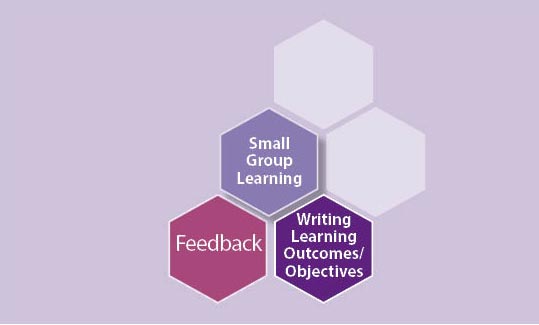There has been a lot said about the power of small group instruction, but one thing that has come up recently in several educational circles is the power of using small groups to deliver effective feedback.
And research (i.e. John Hattie's visible learning) would suggest that when small groups are used to give students targeted, timely, and specific feedback (.70 effect size), provide time for deliberate practice (.79 effect size) and thus to build student self-efficacy (.92 effect size), the groups are worth the trouble.
Planning for Small Group Feedback
Hattie and Yates paper on "Using Feedback to Promote Learning" includes three feedback questions to help guide preparing and delivering effective feedback:
- What is the goal?
- What is the progress being made?
- What is the next step?
 In "Feed Students through Feedback," Sandie Novak affirms that feedback is something to be planned for as part of the lesson, and that planning begins with the learning target. Once the teacher and student really know what the goal is, they can begin the process of monitoring and using feedback to adjust progress toward that goal.
In "Feed Students through Feedback," Sandie Novak affirms that feedback is something to be planned for as part of the lesson, and that planning begins with the learning target. Once the teacher and student really know what the goal is, they can begin the process of monitoring and using feedback to adjust progress toward that goal.
Thus, the teacher can use where students are making progress and what the next step will be to provide targeted feedback and instruction. Likewise, students can use their understanding of the goal to self-assess their progress.
How might this look in your classroom?

No comments:
Post a Comment
Have something to ask or add? Let us know! We have moderation turned on (just in case), but we will be sure to approve new comments each week day.